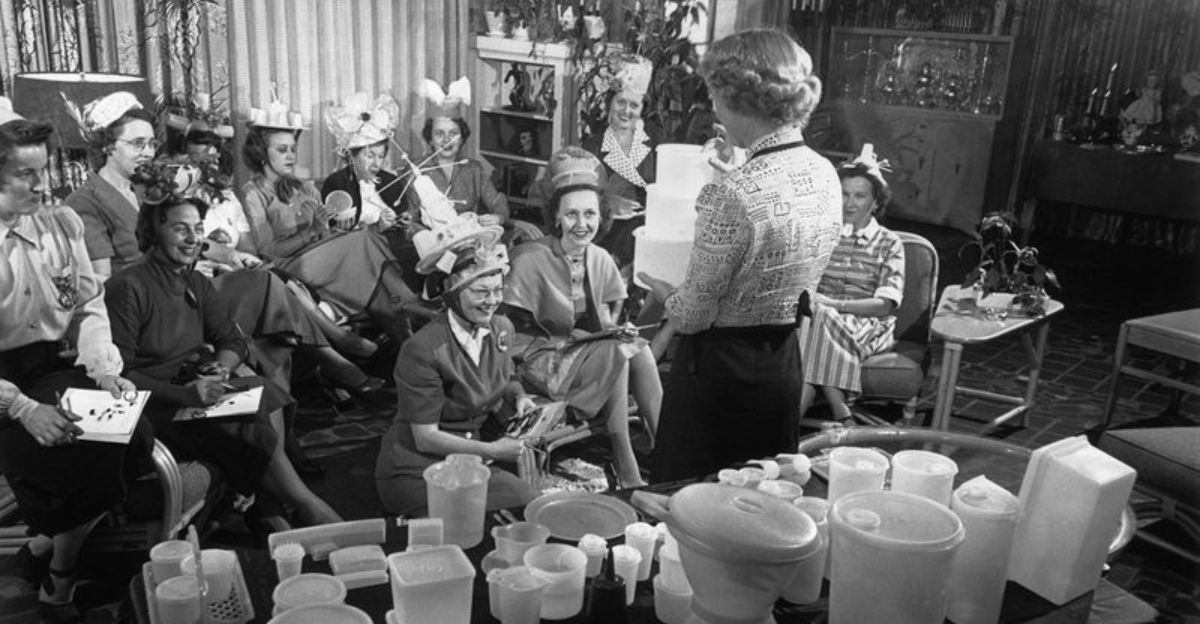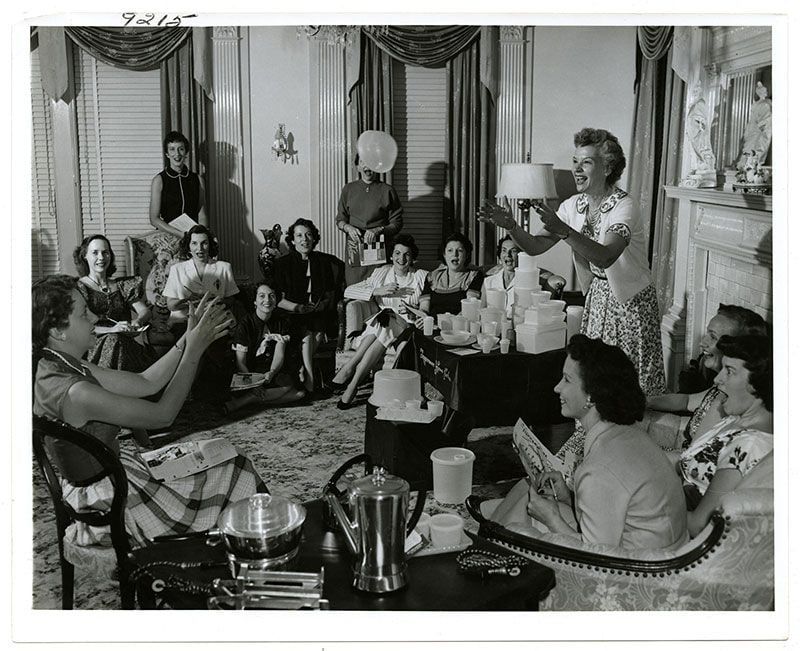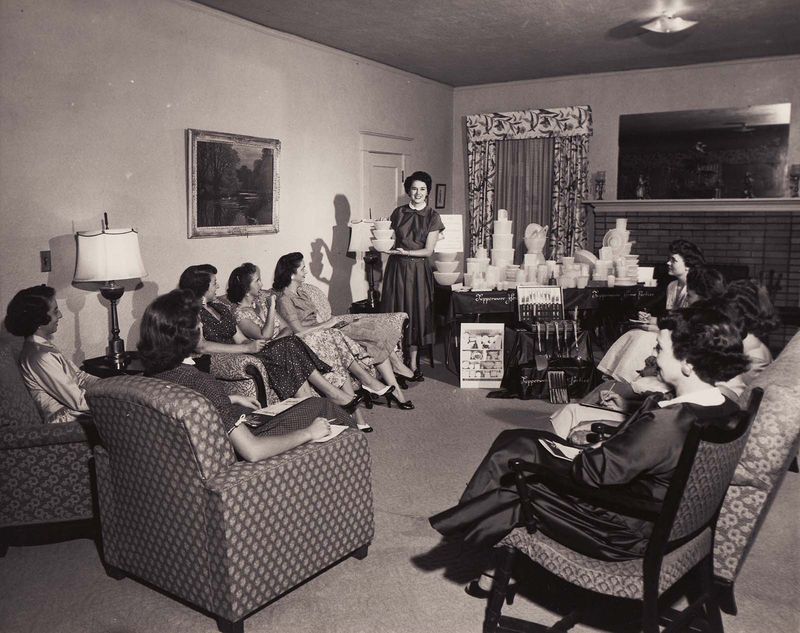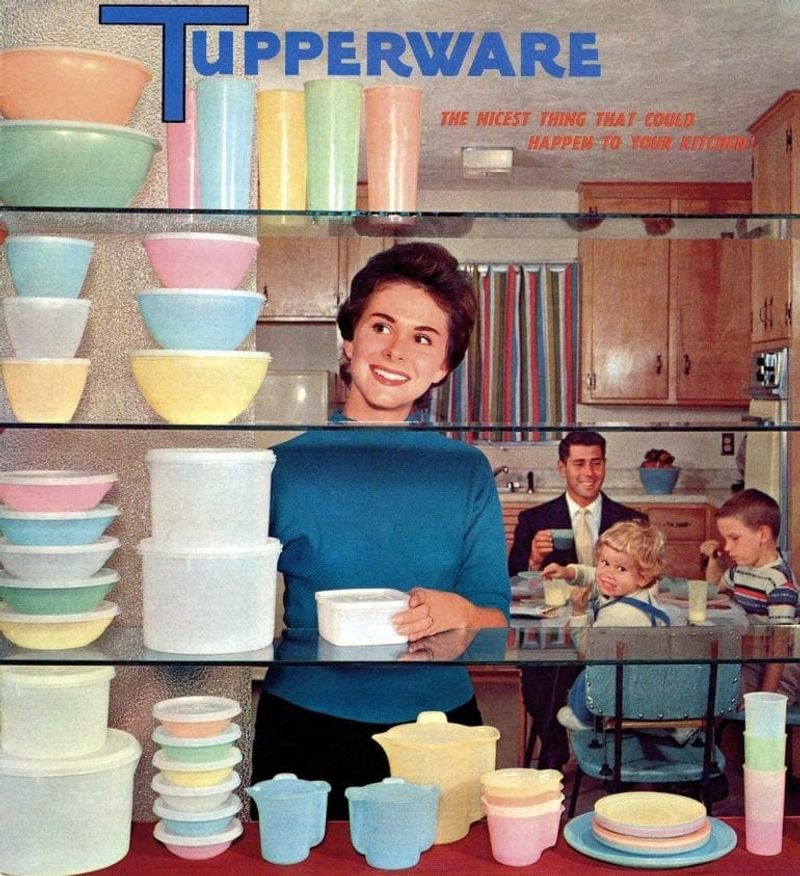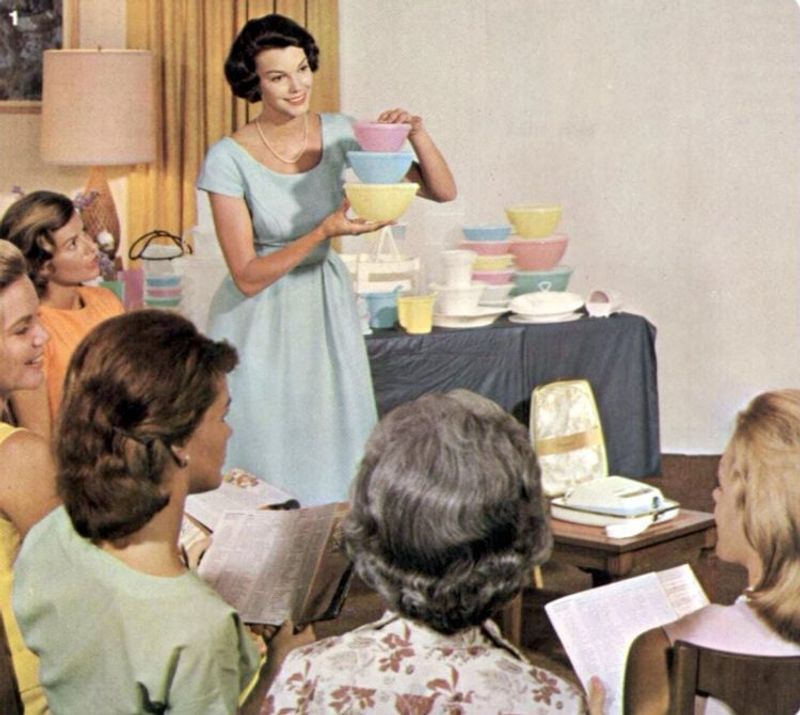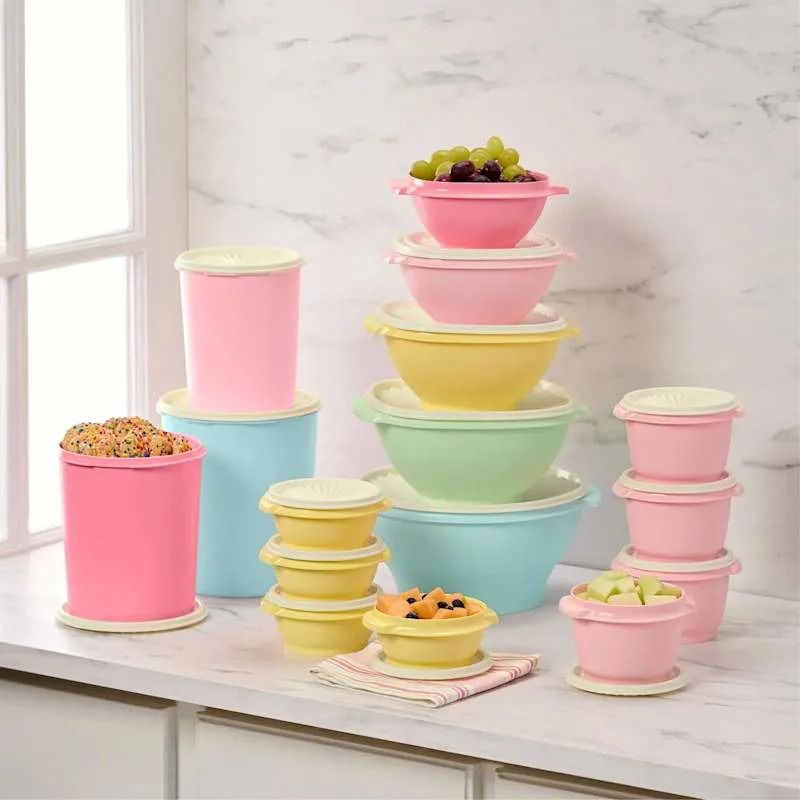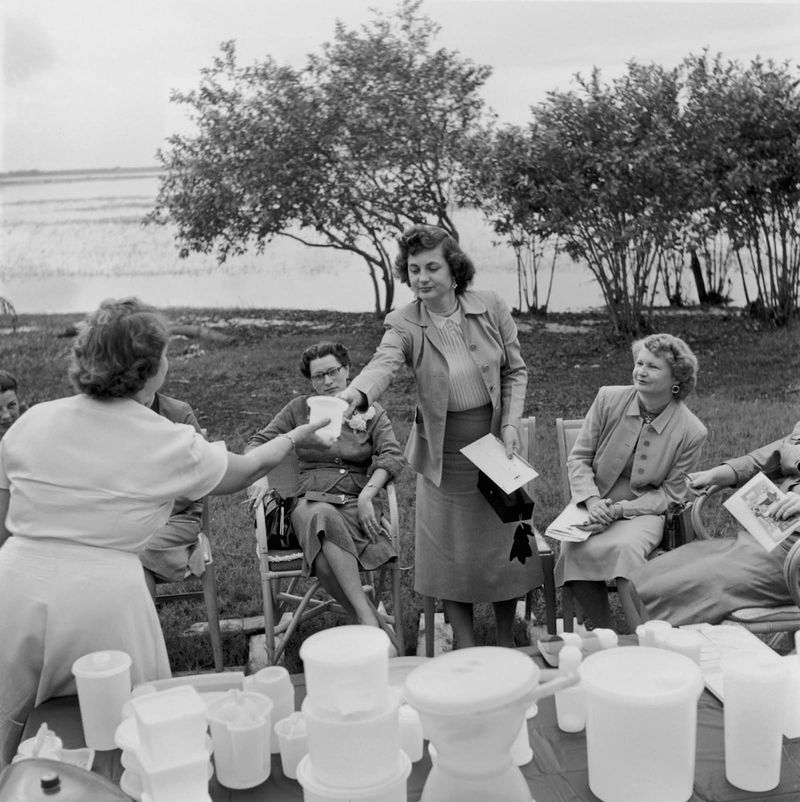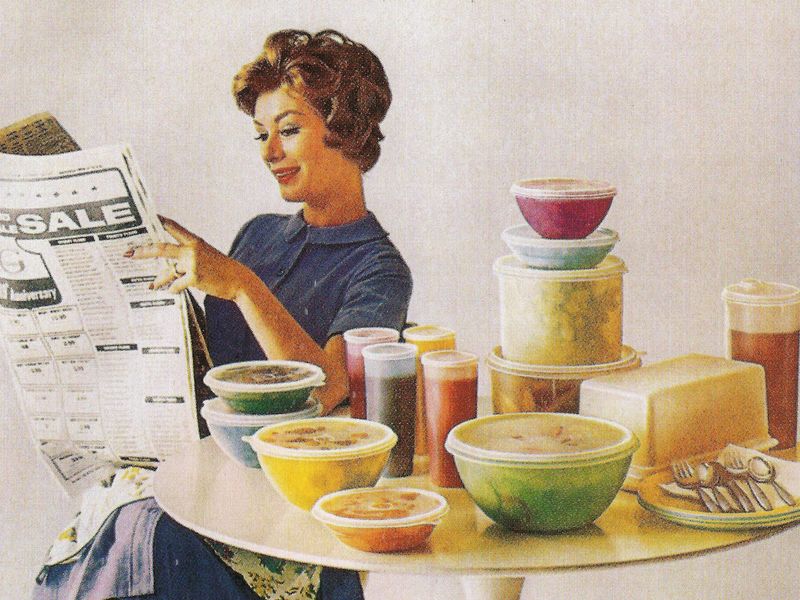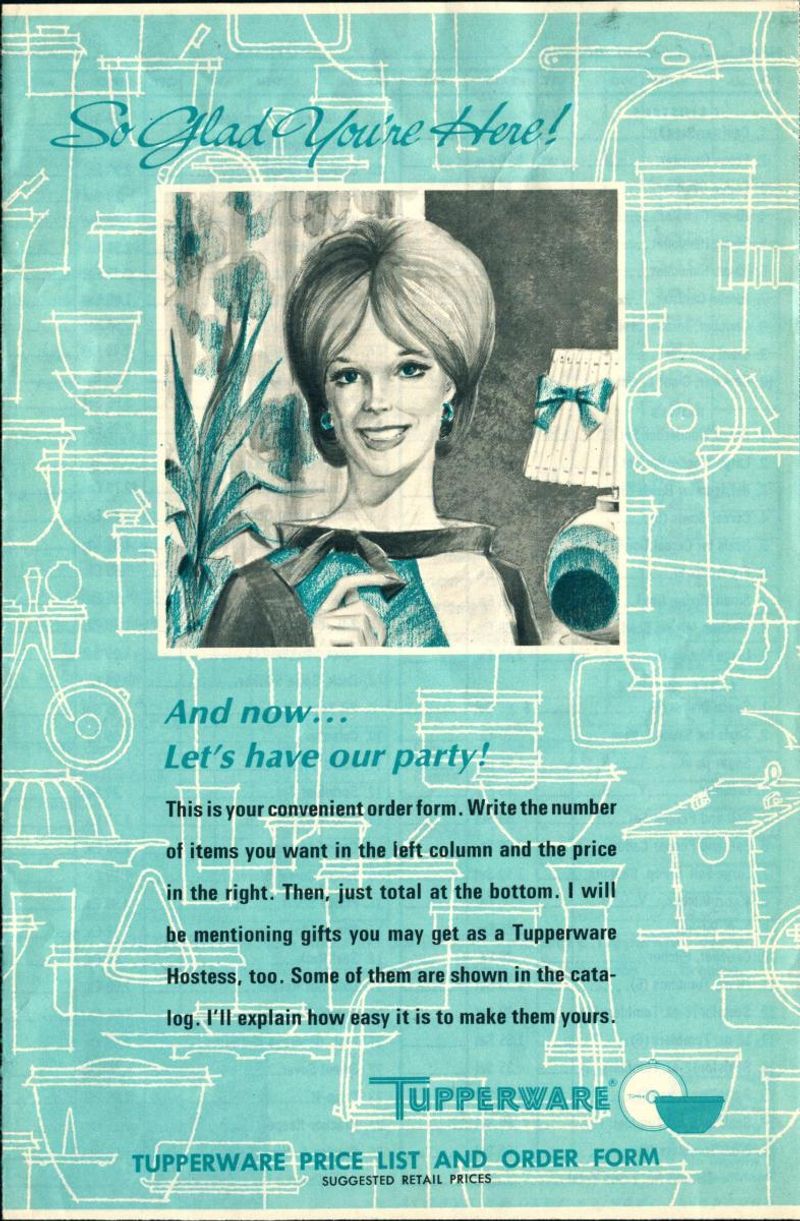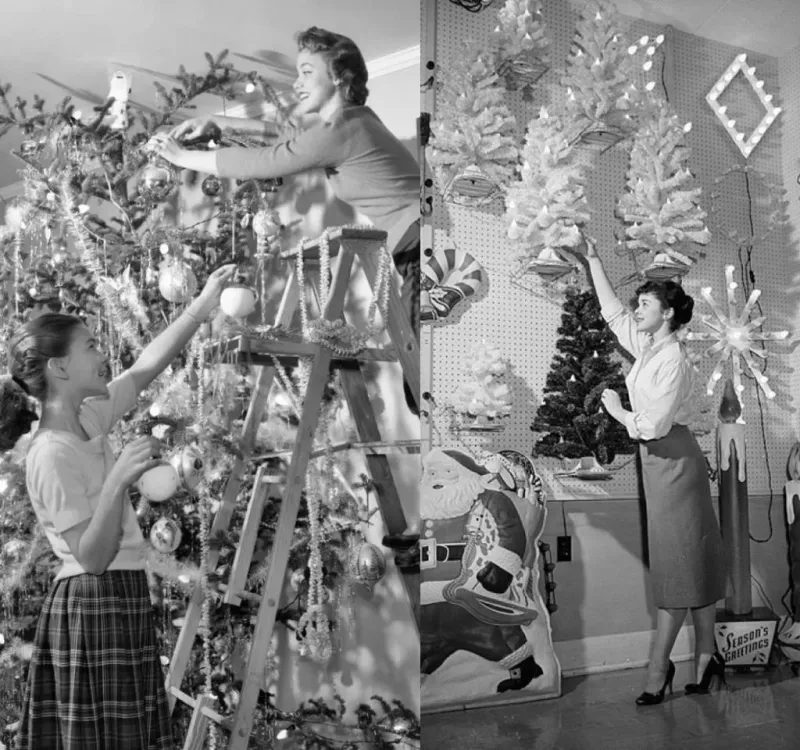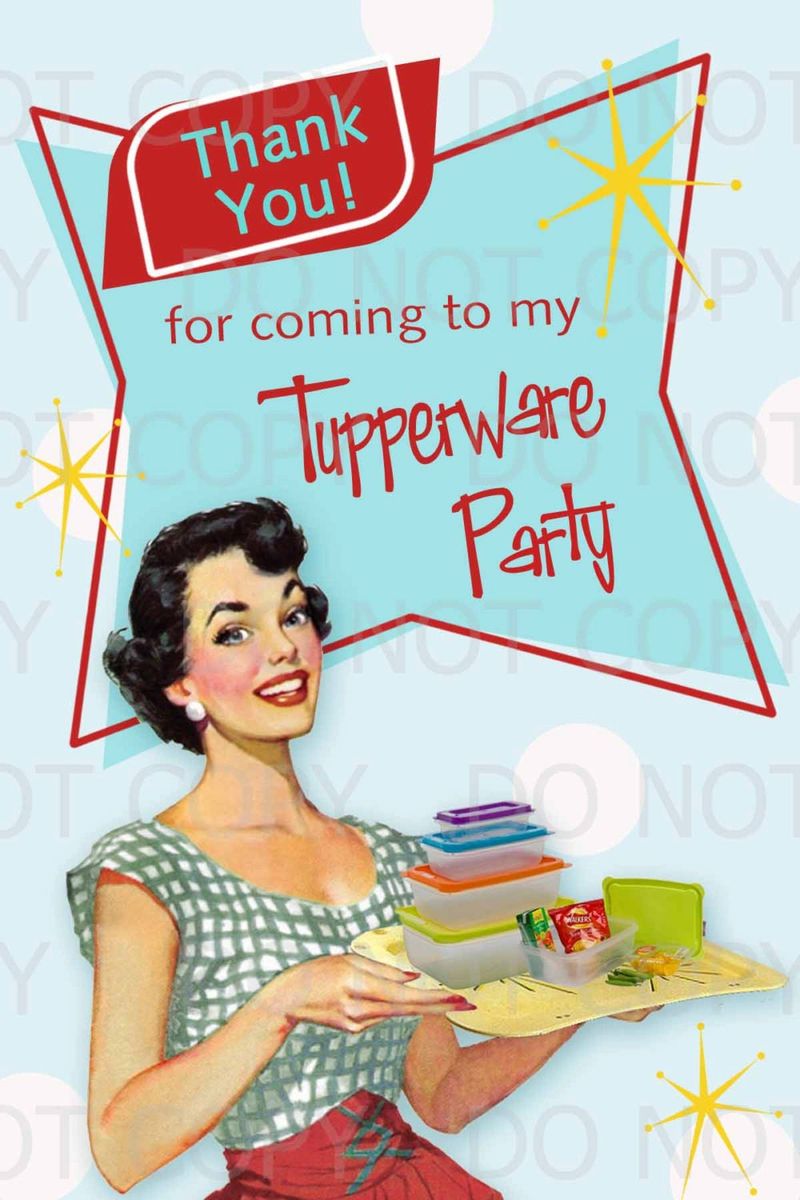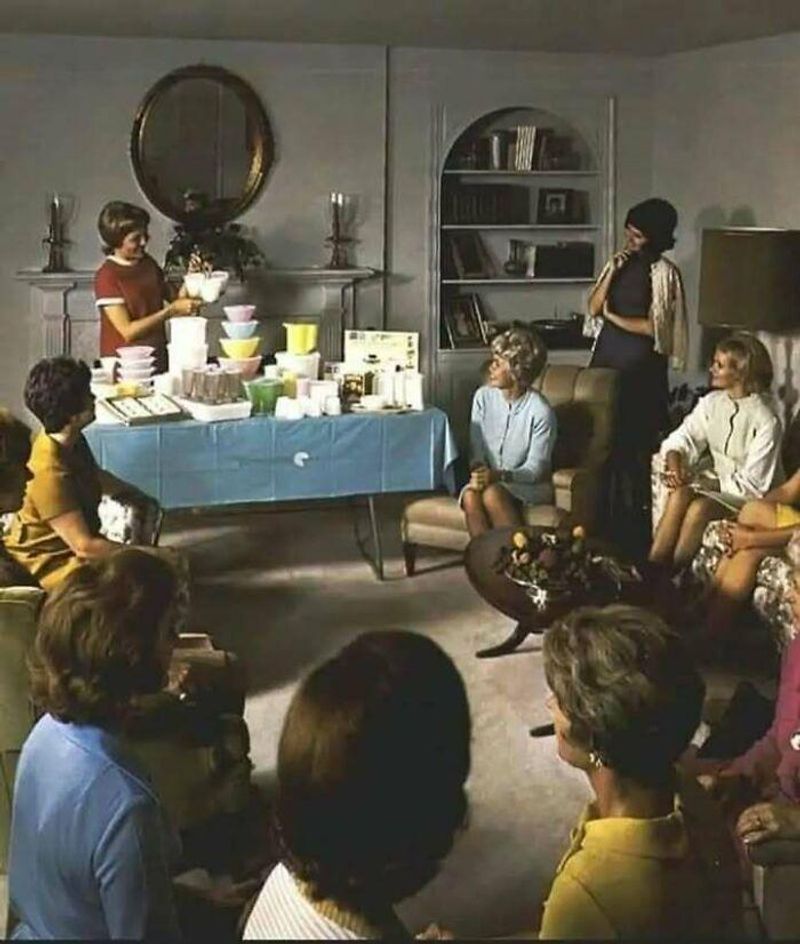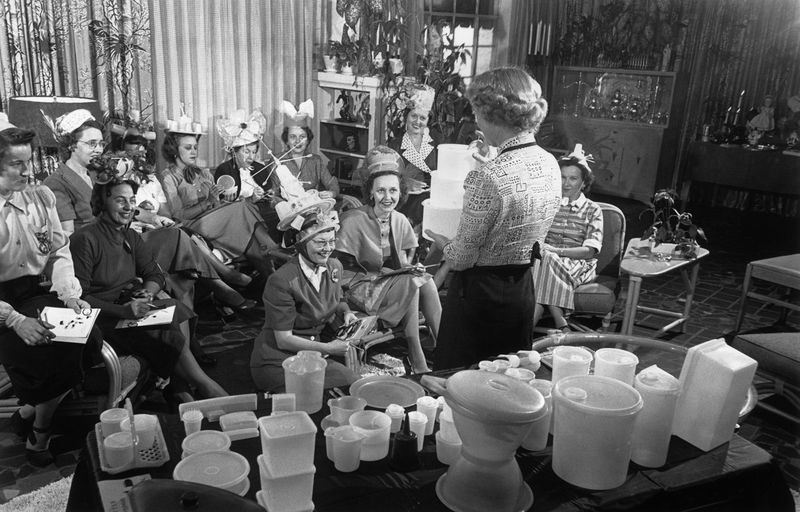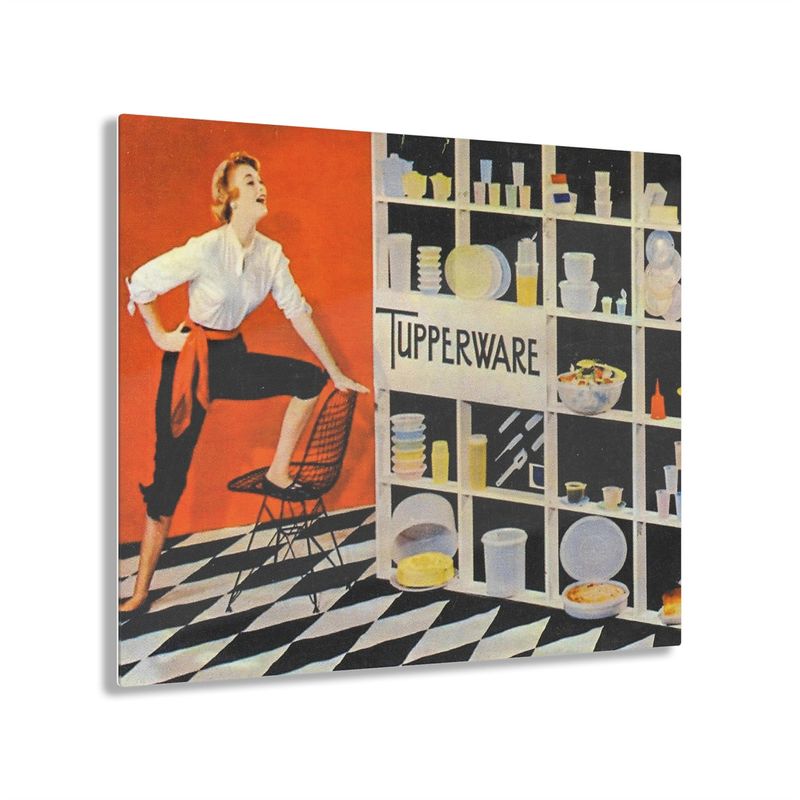Back in the 1950s, something amazing happened in suburban living rooms across America. Smart housewives discovered they could turn plastic containers into serious money-making opportunities.
Through clever party hosting and sales techniques, many women built impressive fortunes while their neighbors thought they were just having fun social gatherings.
1. Master the Art of Strategic Guest Selection
Successful hostesses never invited random neighbors to their Tupperware parties. They carefully chose women who loved entertaining, had disposable income, and enjoyed trying new products.
Popular guests included doctors’ wives, teachers, and women from established families. Smart hostesses also invited one or two competitive personalities who would encourage others to buy more through friendly rivalry.
2. Perfect Timing Creates Maximum Sales Pressure
Top earners scheduled parties for Tuesday through Thursday evenings when husbands worked late or attended meetings. This gave wives freedom to spend without immediate spousal consultation.
Morning coffee parties also worked brilliantly for stay-at-home mothers. Women felt more relaxed and social during these hours, making them more likely to purchase multiple items for their growing families.
3. Food Psychology Triggers Buying Impulses
Millionaire hostesses served refreshments stored in Tupperware containers, letting guests experience the products firsthand. Fresh salads stayed crisp, and desserts remained perfect thanks to the airtight seals.
Clever women prepared foods that required storage containers, then casually mentioned how Tupperware kept everything fresh. Guests naturally wanted the same results in their own kitchens, leading to immediate sales.
4. Demonstration Games That Sold Themselves
Smart hostesses turned product demonstrations into entertaining games. They filled Tupperware bowls with water, sealed them, then tossed them across the room without spilling a drop.
Another favorite trick involved storing celery in Tupperware versus regular containers for a week, then comparing the results. Guests gasped at the dramatic difference, immediately understanding the value and wanting their own miracle storage system.
5. Exclusive Color Collections Created Urgency
Successful sellers emphasized limited-time color releases and exclusive patterns available only through parties. Pastel pink, mint green, and sunshine yellow became status symbols in 1950s kitchens.
Women competed to have complete matching sets before their friends. Hostesses created waiting lists for popular colors, making guests feel special when items became available. This exclusivity drove repeat customers and higher sales volumes.
6. Hostess Rewards That Motivated Repeat Bookings
Top earners offered irresistible hostess rewards that encouraged guests to book their own parties immediately. Free Tupperware sets, exclusive items, and cash bonuses motivated women to become repeat customers.
Smart hostesses announced rewards publicly during parties, creating excitement and friendly competition. When guests saw neighbors earning valuable prizes, they wanted the same opportunities. This strategy built extensive networks of loyal party hosts.
7. Social Status Through Kitchen Modernization
Millionaire sellers positioned Tupperware as symbols of modern, efficient homemaking. They emphasized how organized kitchens reflected sophisticated housewives who embraced technological advances.
Women wanted neighbors to see their colorful, coordinated storage systems. Tupperware represented progress and status in suburban communities. Smart sellers tapped into this desire for social recognition, making purchases feel like investments in personal image and household efficiency.
8. Payment Plans That Removed Financial Barriers
Clever hostesses offered flexible payment options when cash was tight. They accepted partial payments, layaway plans, and even bartering arrangements with skilled neighbors who could provide services.
Some sellers partnered with local stores to offer credit options. Others organized group purchases where friends split costs on large sets. These creative financing solutions helped women afford complete Tupperware collections without straining household budgets.
9. Seasonal Themes That Boosted Holiday Sales
Successful sellers aligned parties with holidays and seasons, creating themed events that felt special. Spring cleaning parties featured organizational products, while holiday gatherings showcased entertaining pieces.
Summer parties emphasized picnic and outdoor storage needs. Christmas events focused on gift-giving and holiday food storage. These themed approaches made Tupperware purchases feel timely and necessary rather than impulse buys, significantly increasing average order values.
10. Referral Networks That Multiplied Income Streams
Top earners built extensive referral systems by tracking customer satisfaction and maintaining relationships long after initial sales. They sent thank-you notes, checked on product performance, and offered replacement guarantees.
Happy customers naturally recommended these reliable sellers to friends and family. Word-of-mouth advertising proved more valuable than any marketing campaign. Successful women treated every customer like a potential business partner, creating lasting income streams.
11. Territory Expansion Through Strategic Partnerships
Millionaire sellers partnered with churches, schools, and community organizations to host larger events. They offered fundraising opportunities where groups received percentages of sales proceeds.
These partnerships provided access to new customer bases while supporting local causes. Women felt good about purchases that helped their communities. Smart sellers built reputations as community supporters, leading to increased trust and higher sales volumes across multiple territories.
12. Product Knowledge That Built Customer Confidence
Successful sellers studied every Tupperware product thoroughly, learning storage capacities, care instructions, and creative uses. They answered questions confidently and offered practical solutions for specific customer needs.
Knowledge about food preservation, organization techniques, and kitchen efficiency made these women trusted advisors rather than simple salespeople. Customers relied on their expertise for household management advice, creating lasting relationships that generated repeat business and referrals.
13. Follow-Up Systems That Secured Long-Term Success
Millionaire earners developed systematic follow-up procedures, contacting customers weeks after purchases to ensure satisfaction and offer additional products. They tracked family changes, kitchen renovations, and seasonal needs.
Regular check-ins revealed new storage requirements as families grew or lifestyles changed. These sellers became trusted household advisors, recommending products before customers realized they needed them. Consistent follow-up transformed single sales into lifetime customer relationships.
